Scientists restock American shad to Delaware waterway
The Nanticoke Shad Hatchery raises American shad each spring.
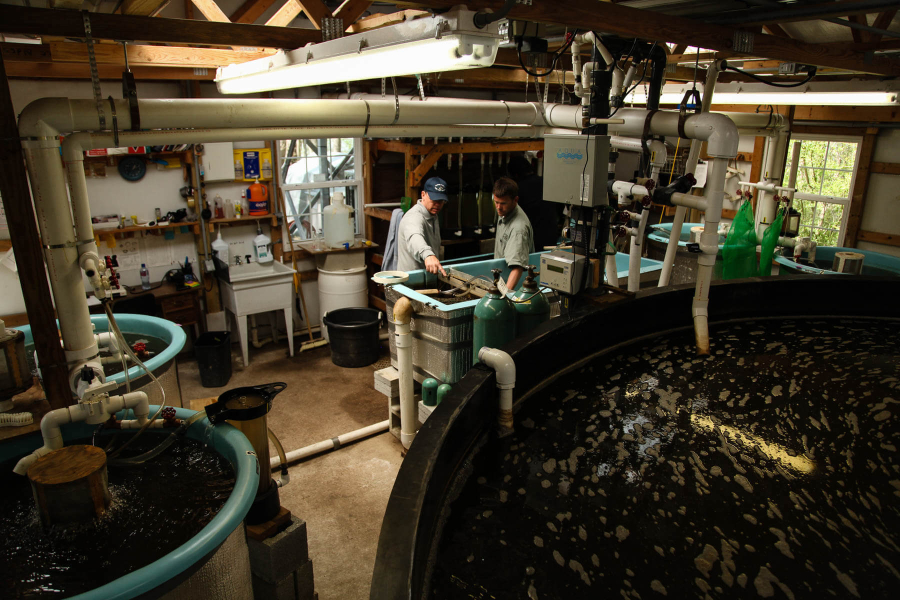
For close to a decade, scientists and volunteers have spent their springs at the Nanticoke Shad Hatchery, working to rebuild populations of American shad.
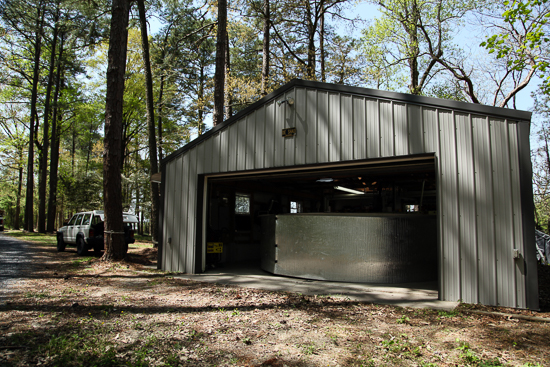
In this small building near Bethel, Del., hundreds of thousands of American shad are raised each year before they are returned to their native spawning grounds in the Nanticoke River. This spring, the hatchery stocked about 558,000 fish to the waterway.
In the early 1900s, excessive commercial harvests took a heavy toll on American shad. Over the past century, poor water quality and the construction of dams that restrict the anadromous fish’s access to upstream spawning grounds have caused shad populations to decline.
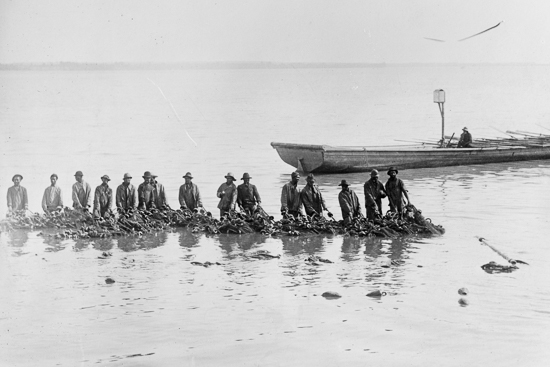
Today, restoration efforts are giving American shad a much-needed population boost. Restocking programs across the Chesapeake Bay watershed—combined with harvest restrictions, improved water quality and the removal of dams—are critical to the re-establishment of the species.
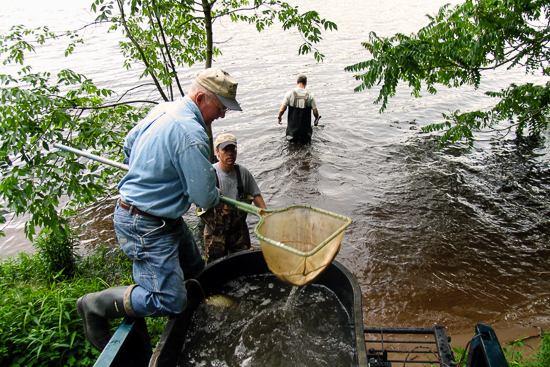
American shad spend most of their lives in brackish and saltwater before returning to their birth waters to spawn. The Nanticoke Shad Hatchery collects its brood stock directly from the Nanticoke River and its Deep Creek tributary to ensure adult fish will return to the waterway and to preserve the genetic integrity of the local shad population.
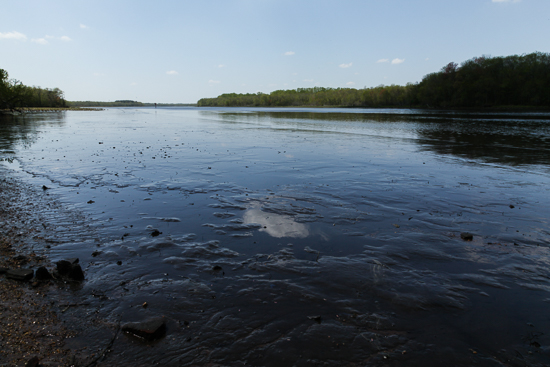
Throughout the spring spawning season, which runs from mid-March through April, mature shad that are held in the hatchery’s closely monitored, 3,500-gallon spawning tanks periodically release eggs and sperm.
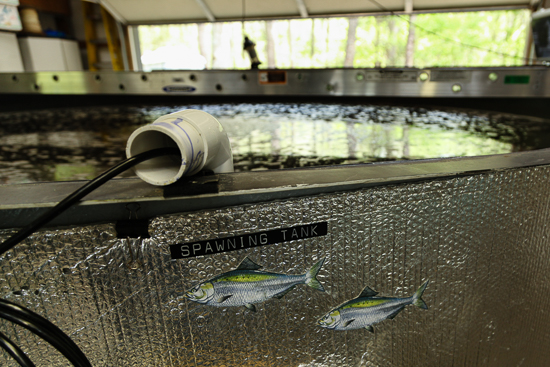
On the morning after an overnight spawning event, pea-sized eggs are filtered into an egg collection tank.
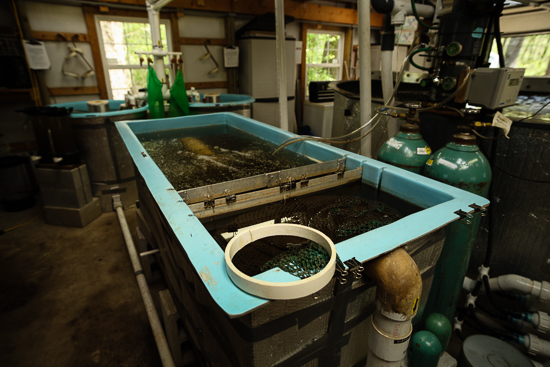
“Bad eggs” are removed from the tank before fertilized eggs are measured by volume and placed in incubation jars to grow.
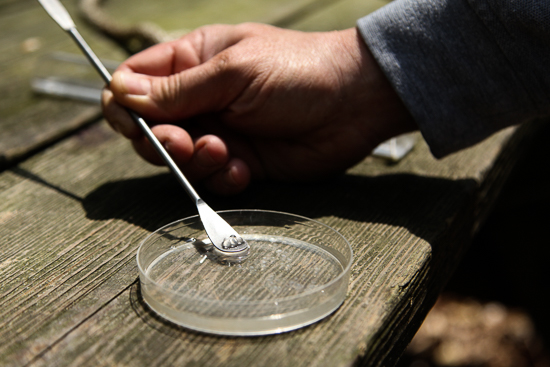
Eggs that survive to the “eyed” stage are moved to one of four culture tanks, where they will hatch into larval fish within a week.
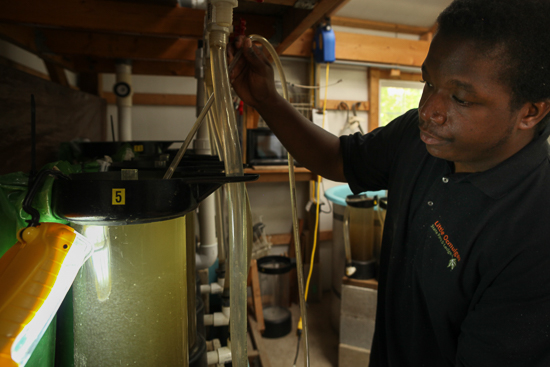
After a few more days spent in the safety of the culture tanks, the larval fish absorb their nutritive yolk sac and transform into fry that are ready to feed on their own in their natural habitat.
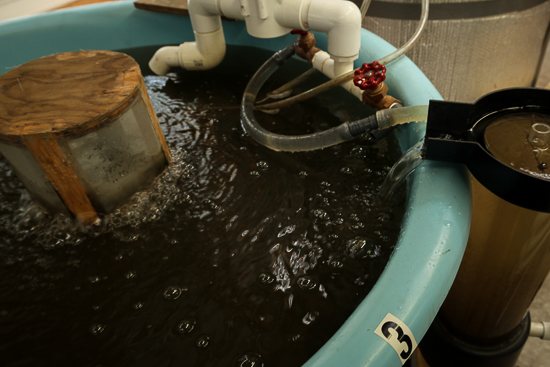
Before the hatchery-produced fish are released into the Nanticoke River, scientists mark them with oxytetracycline. Tracking the fish will allow scientists to gauge their survival and stocking success over time.
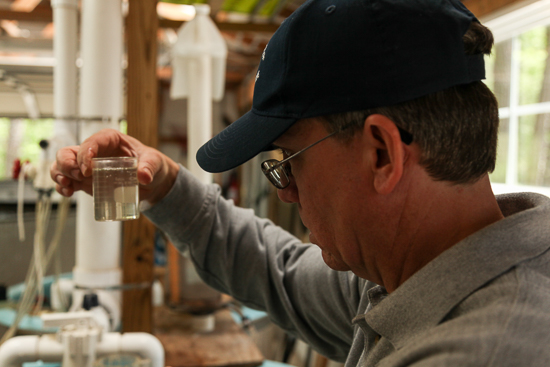
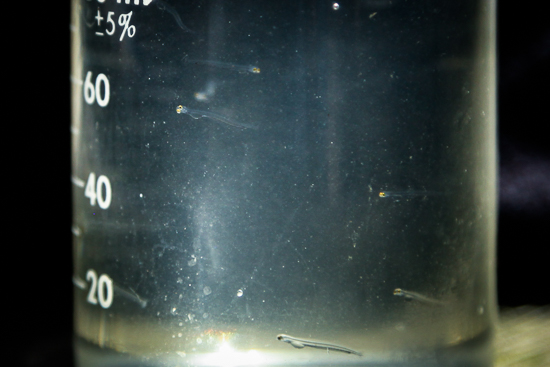
Six years of sampling surveys on the Nanticoke River show that adult American shad abundance has increased, while the number of hatchery-produced juveniles has decreased. According to hatchery manager Mike Stengl, this suggests the hatchery is succeeding in its long-term goal: to reduce the percentage of hatchery-grown fish in the river and encourage the wild population to spawn on its own.
Success at the Nanticoke Shad Hatchery and at other hatcheries across the region are giving American shad a second chance at survival in the watershed.
View more photos on the Chesapeake Bay Program Flickr page.

Comments
There are no comments.
Thank you!
Your comment has been received. Before it can be published, the comment will be reviewed by our team to ensure it adheres with our rules of engagement.
Back to recent stories